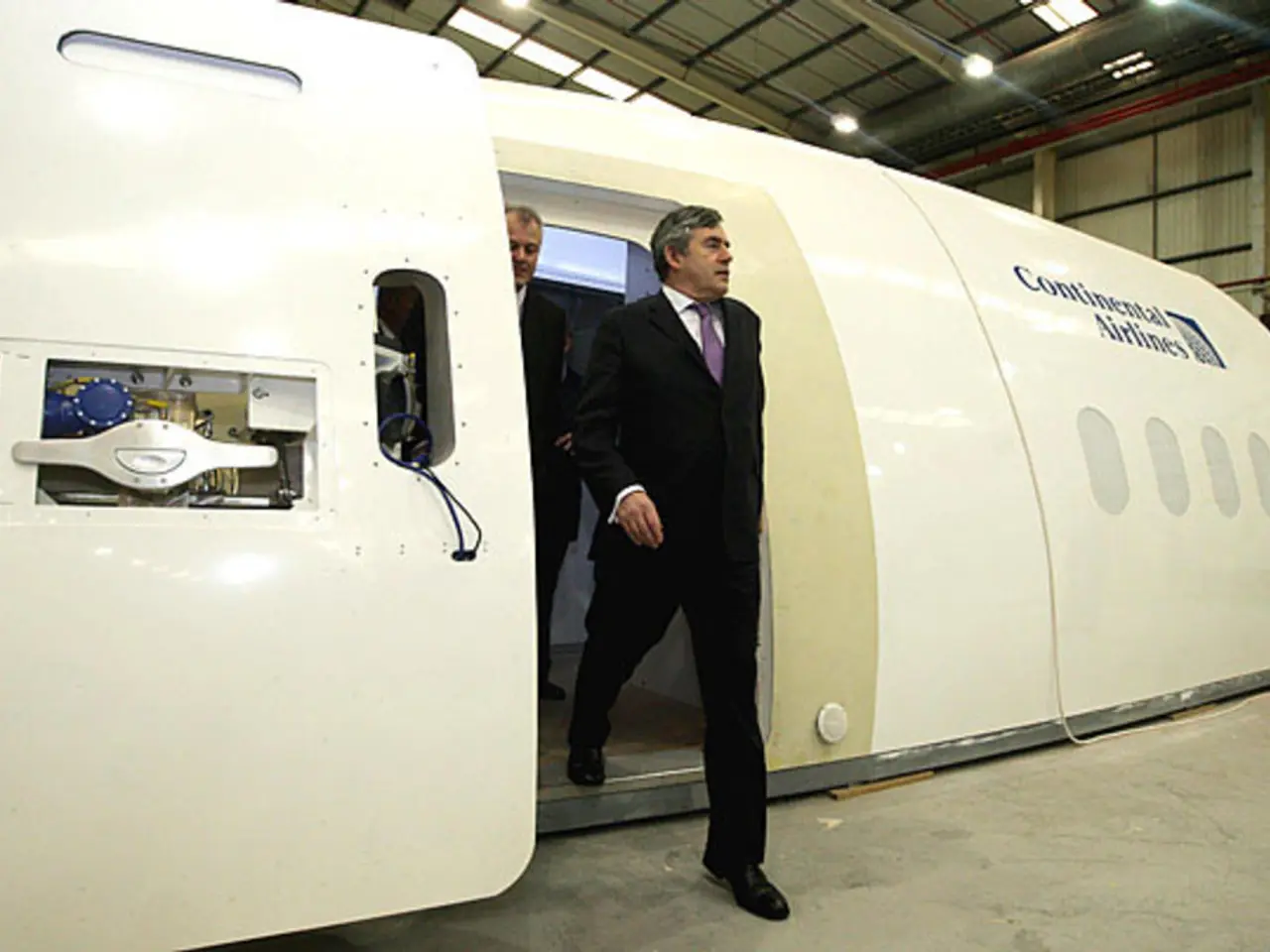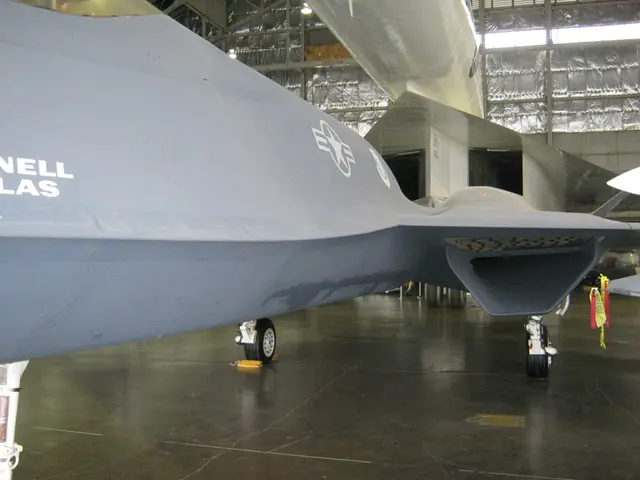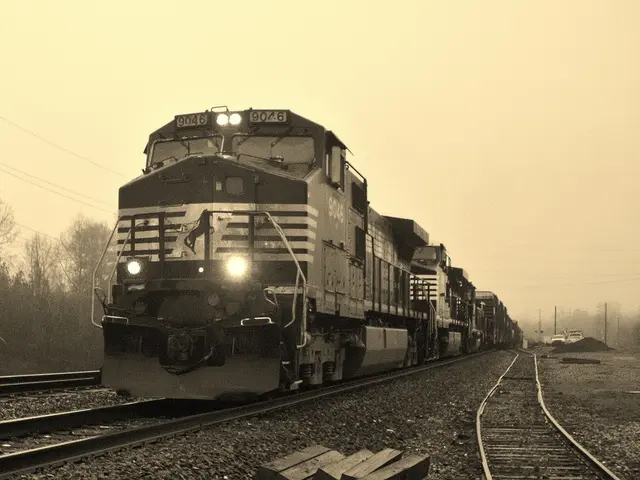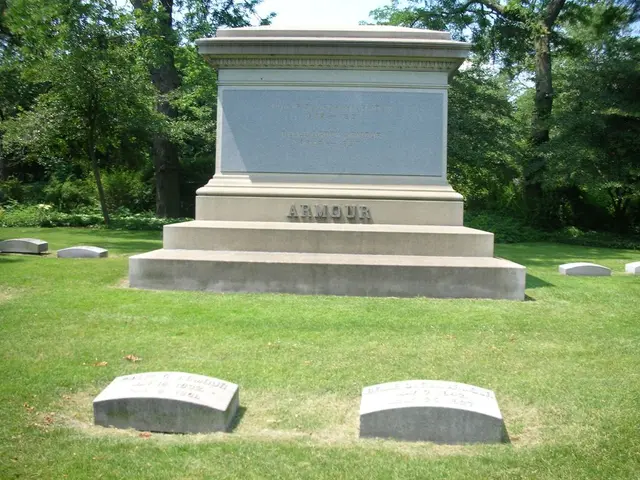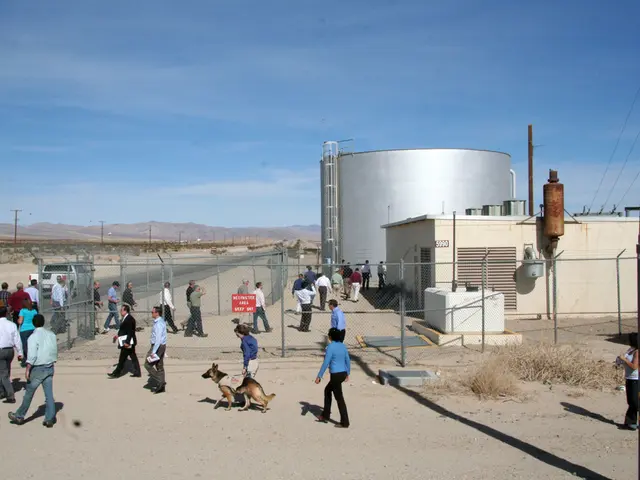Transatlantic Icon: A Look at Concorde's History
The Concorde, a supersonic commercial airliner, was a joint venture between the British Aircraft Corporation (BAC) and Sud Aviation (later known as Aérospace), which began in the aftermath of World War II [1]. This iconic aircraft made its maiden flight in 1969 and entered commercial service in 1976, cruising at approximately Mach 2.04 (1,350 mph), twice the speed of sound [1].
Twenty Concorde aircraft were built, with sixteen entering commercial service primarily by British Airways and Air France [3]. Initially, the supersonic transport (SST) concept generated significant interest, with forecasts predicting hundreds of units by the 1980s. However, several challenges curtailed its adoption, including high development costs, regulatory concerns about sonic booms, competition from newer generation wide-body airliners, and doubts over economic viability and ticket sales [3].
Despite these factors, Concorde operated effectively as a luxury, premium-speed service between major airports over the ocean until it was withdrawn from service in 2001 [1]. Its service life was marked by several iconic moments, but also tragedy—the fatal 2000 crash of an Air France Concorde near Paris, caused by tire debris rupturing a fuel tank shortly after takeoff, ended with the deaths of all 109 passengers and crew aboard, plus four on the ground [4].
The crash of Air France Flight 4590 occurred on July 25, 2000, during the takeoff of a charter flight. The crash was caused by debris damaging a tire of the landing gear, which in turn damaged the fuel tank inside the left wing [4]. The pilot was unable to control the plane due to unusual thrusting from the engines and the additional friction from the extended landing gear [4].
Today, all surviving 19 Concordes can be seen in various public locations worldwide. The most well-known and visited Concordes today are located at the Museum of Air and Space - Le Bourget (France, plane 001), Fleet Air Arm Museum - Yeovilton (England, plane 002), Airbus France Factory - Toulouse (France, plane 201), and the Smithsonian Air and Space Museum - Chantilly (U.S., plane 205) [2].
In recent years, there have been discussions and projects to revive supersonic passenger flight, inspired by Concorde’s legacy, with some new aircraft expected to be operational by 2026 or later [1][5]. As we remember the Concorde, it serves as a testament to human ingenuity and the pursuit of technological advancement, despite the challenges faced along the way.
References: 1. Concorde 2. Concorde aircraft locations 3. Concorde: The Dream and the Reality 4. Air France Flight 4590 5. Supersonic passenger flight revival
The setback of the Concorde's demise in 2001 didn't deter the aerospace industry from pursuing supersonic aircraft design, with finance and technology playing crucial roles in the development of new supersonic passenger planes expected to be operational by 2026 or later. The Concorde, a joint venture between British and French aircraft design companies, once represented the epitome of the industry's advancements in finance, technology, and aircraft design during the post-World War II era.
